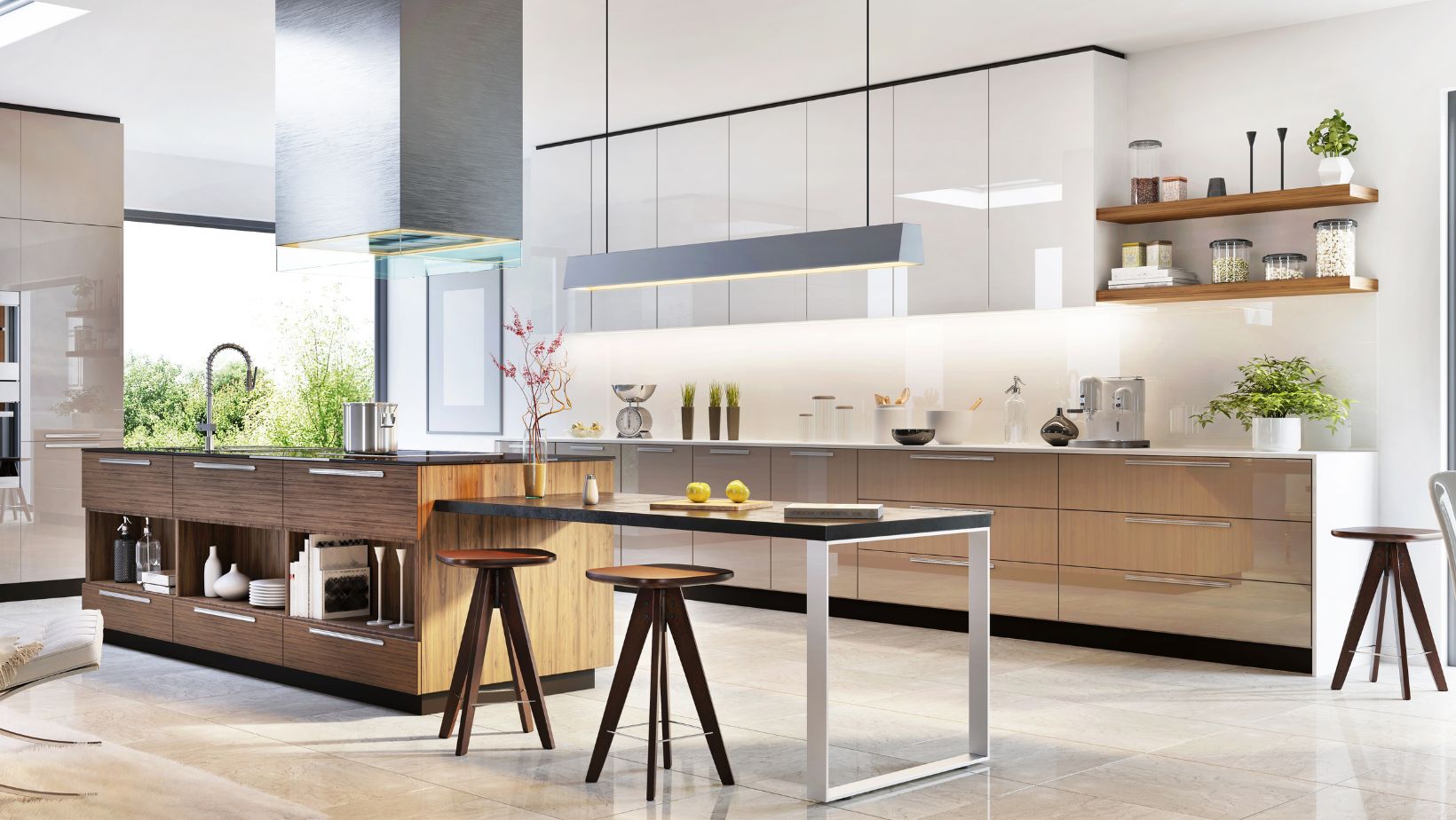
Clearing The Air: A Guide to Designing a Smoke-Free Interior For Health And Harmony
Creating a smoke-free interior is an essential step towards a healthier, more pleasant living environment. This guide delves into 10 effective strategies for achieving an atmosphere that nurtures well-being and comfort, free from the detrimental impacts of smoke.
Understanding The Perils of Indoor Smoke
Indoor smoke is more than just an unpleasant odor; it’s a health hazard. Smoke from cigarettes, incense, or cooking releases a cocktail of chemicals that can compromise air quality, leading to respiratory issues and aggravating allergies. By acknowledging the dangers, you can make informed decisions about your interior space that prioritize health and air quality.
Mastering Ventilation: Your First Line of Defense
Effective ventilation is a game-changer in maintaining a fresh and healthy indoor atmosphere. It’s not just about opening a window; it involves a strategic approach to air circulation. Consider installing advanced ventilation systems that not only allow fresh air in but also filter out pollutants. Air purifiers with HEPA filters are excellent for trapping fine particles, ensuring that the air you breathe is as clean as possible. This step is particularly crucial in areas where smoking or cooking fumes are prevalent.
Smart Material Choices to Combat Smoke Absorption
Opt for resistant materials like washable paints, which allow for easy cleaning of walls, and hard flooring, which doesn’t trap odors like carpets do. When selecting furniture, consider materials that are less likely to absorb smoke, such as leather or metal, and avoid porous materials like fabric upholstery. These choices not only minimize the retention of odors but also make cleaning and maintaining a smoke-free environment more manageable.
Establishing And Enforcing No-Smoking Policies
A clear no-smoking rule should extend beyond the main living areas to include all indoor spaces, with designated outdoor smoking areas set up away from windows and doors. Effective communication of these policies to all inhabitants and guests is key. Consider placing polite but firm signage as reminders, and provide ashtrays in designated spots to encourage adherence to these rules.

Vaping: A Contemporary Alternative to Smoking
Transitioning to vaping can be a less intrusive alternative in shared spaces. Vaping produces significantly fewer odors and leaves behind less residue than traditional smoking. Introducing options like Vape Juice can be a considerate compromise, offering a variety of bestselling flavors and strengths to suit different preferences. It’s a step towards reducing the overall impact of smoking indoors while respecting the choices of individuals.
Embracing Natural Aromatics For a Pleasant Atmosphere
To enhance the ambiance of your space without smoke, turn to natural aromatics. Essential oil diffusers, for instance, can infuse your home with delightful fragrances without harmful effects. This approach not only improves air quality but also adds an element of sensory pleasure to your environment. From the refreshing scent of citrus to the calming essence of lavender, natural aromatics can transform the mood of a room.
The Importance of Regular, Thorough Cleaning
Smoke particles can settle on surfaces and embed in fabrics, so regular cleaning is essential. This includes frequent dusting, vacuuming with HEPA filters, and washing fabrics like curtains and cushion covers. For areas exposed to smoke, consider deep cleaning routines, such as steam cleaning carpets and upholstery, to ensure that no residue is left behind.
Educating Inhabitants And Guests: A Collaborative Approach
Educate those who share or visit your space about the benefits of smoke-free living. Discuss the health advantages, the improved air quality, and the overall enhancement of the living environment. When people understand the reasons, they are more likely to respect and support it.

Monitoring Air Quality: An Ongoing Commitment
Investing in an indoor air quality monitor is a proactive way to ensure your efforts are paying off. These devices can detect various pollutants, including smoke, allowing you to address any air quality issues promptly. If you would like to optimize indoor air quality, regular monitoring not only helps in maintaining a healthy environment but also provides peace of mind that your living space remains clean and safe.
Cultivating a Health-Focused Living Space
Incorporate elements that promote well-being, such as indoor plants that naturally purify the air, and create spaces dedicated to relaxation and mindfulness. A smoke-free environment is about fostering an area that supports the overall health and happiness of its inhabitants.
Conclusion
Designing a smoke-free interior is a multifaceted approach that combines practical measures, thoughtful material choices, and lifestyle considerations. By embracing these strategies, you can transform your living space into a haven that not only looks and feels good but also actively promotes a healthier, more enjoyable environment for everyone.




















































































